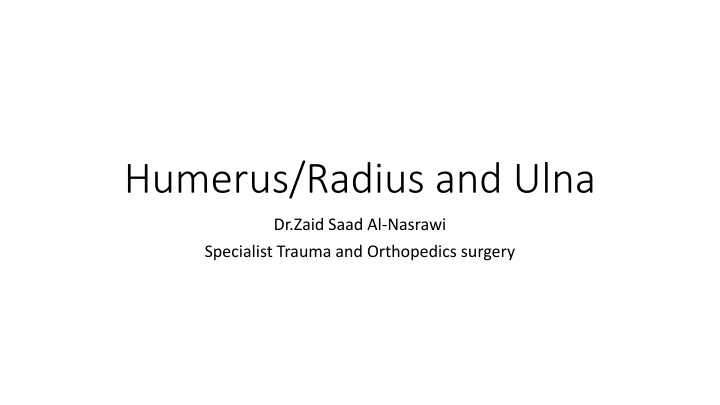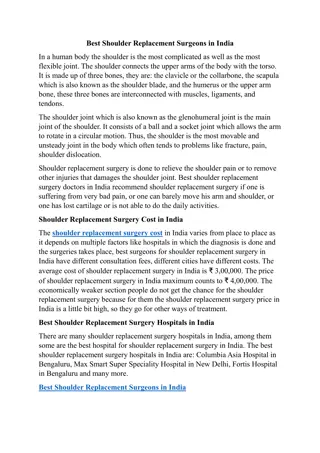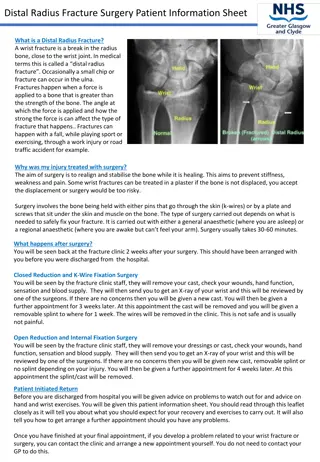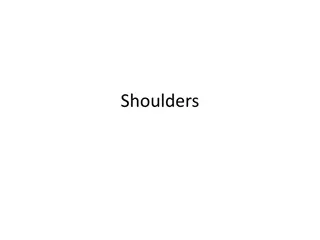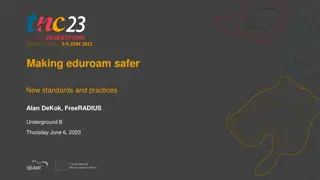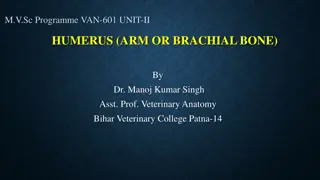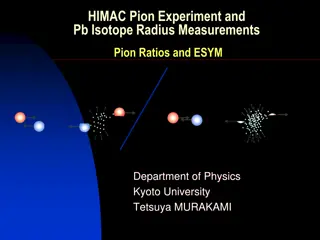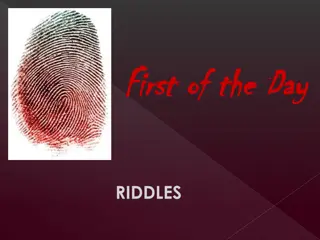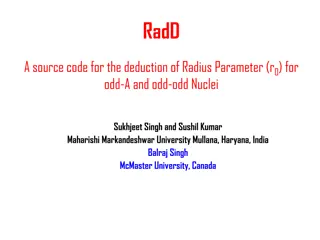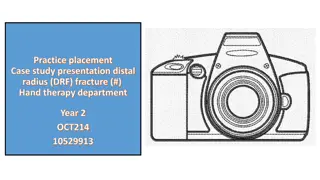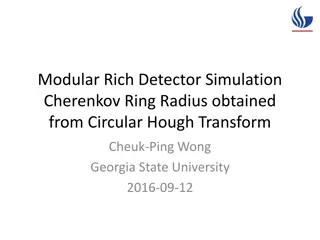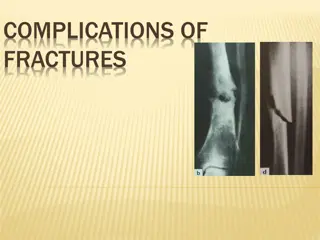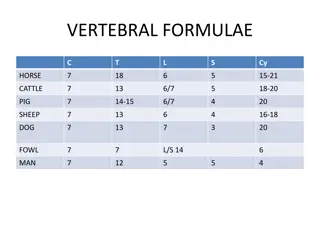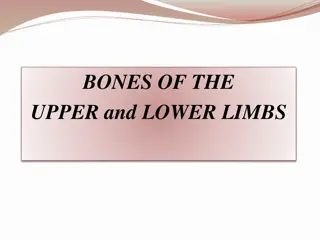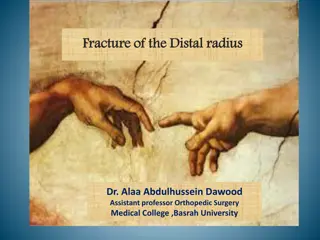Humerus/Radius and Ulna
This informative text delves into the detailed anatomy of the humerus, radius, and ulna bones, highlighting key features such as the different parts of the humerus, radiological features, ossification process, avulsion risks, and the unique characteristics of the radius and ulna. Insights into bone development and trauma risks are also explored, providing valuable insights for medical students and professionals in the field of orthopedics and trauma surgery.
Download Presentation

Please find below an Image/Link to download the presentation.
The content on the website is provided AS IS for your information and personal use only. It may not be sold, licensed, or shared on other websites without obtaining consent from the author.If you encounter any issues during the download, it is possible that the publisher has removed the file from their server.
You are allowed to download the files provided on this website for personal or commercial use, subject to the condition that they are used lawfully. All files are the property of their respective owners.
The content on the website is provided AS IS for your information and personal use only. It may not be sold, licensed, or shared on other websites without obtaining consent from the author.
E N D
Presentation Transcript
Humerus/Radius and Ulna Dr.Zaid Saad Al-Nasrawi Specialist Trauma and Orthopedics surgery
The humerus The hemispherical head of the humerus is separated from the greater and lesser tubercles by the anatomical neck. Between the tubercles is the bicipital groove for the long head of the biceps. The shaft just below the tubercles is narrow and is called the surgical neck of the humerus. The shaft is marked by a spiral groove where the radial nerve and the profunda vessels run. The deltoid tuberosity on the lateral aspect of the midshaft is the site of insertion of the deltoid muscle
The lower end of the humerus is expanded and has medial and lateral epicondyles. The articular surface for the elbow joint has a capitellum for articulation with the radial head and a trochlea for the olecranon fossa of the ulna. Above the trochlea are fossae, the coronoid anteriorly and the deeper olecranon fossa posteriorly
Radiological features of the humerus Plain radiographs A vertical line down the front of the shaft on a lateral radiograph the anterior humeral line bisects the capitellum
Avulsion of the medial epicondyle The flexor muscles of the forearm arise from the medial epicondyle of the humerus. Repeated contractions or a single violent contraction of these muscles in a child can result in avulsion of the apophysis (a secondary ossification centre occurring outside a joint) of the medial epicondyle
Ossification The primary centre for the humerus appears at the eighth week of fetal life. Secondary centres appear in the head of the humerus at 1 year, the greater tuberosity at 3 years, and the lesser tuberosity at 5 years of age. These fuse with one another at 6 years and with the shaft at 20 years of age. Secondary centres appear in the capitellum at 1 year, the radial head at 5 years, the internal epicondyle at 5 years, t rochlea at 10 years, o lecranon at 10 years and e xternal epicondyle at 10 years (CRITOE) These fuse at 17 18 years of age
The radius and ulna The radius has a cylindrical head that is separated from the radial tubercle and the remainder of the shaft by the neck. Its lower end is expanded and its most distal part is the radial styloid. The radius is connected by the interosseous membrane to the ulna. The upper part of the ulna the olecranon is hook-shaped, with the concavity of the hook the trochlear fossa anteriorly A fossa found laterally at the base of the olecranon is for articulation with the radial head The shaft of the ulna is narrow. The styloid process at the distal end is narrower and more proximal than that of the radius
Radiological features of the radius and ulna Plain radiographs The head of the radius has a single cortical line on its upper surface and is perpendicular to the neck in the normal radiograph Angulation of the head or a double cortical line are signs of fracture of the radial head. Recognition of these normal angles is important in reduction of fractures of the wrist
The triceps muscle is inserted into the tip of the olecranon Fracture of the olecranon is therefore associated with proximal displacement by the action of this muscle.
Ossification of the radius The primary ossification centre of the radius appears in the eighth week of fetal life. Secondary centres appear distally in the first year and proximally at 5 years of age. These fuse at 20 years and 17 years, respectively
Ossification of the ulna The shaft of the ulna ossifies in the eighth week of fetal life Secondary centres appear in the distal ulna at 5 years and in the olecranon at 10 years of age. These fuse at 20 and 17 years, respectively
